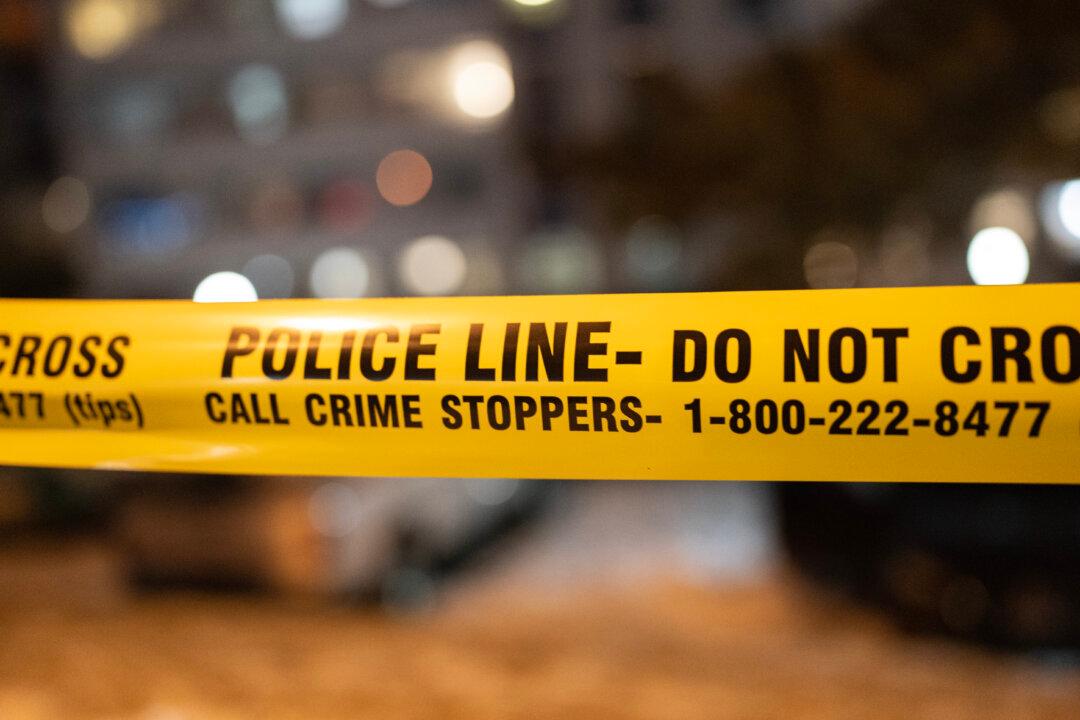The Canadian Medical Association has called for greater government transparency about the available supply of protective equipment in light of a new survey that suggests most respondents have seen no improvements in the last month.
Getting vital personal protective equipment, or PPE, to guard themselves against the virus has been a struggle for doctors across the country during the COVID-19 pandemic.





